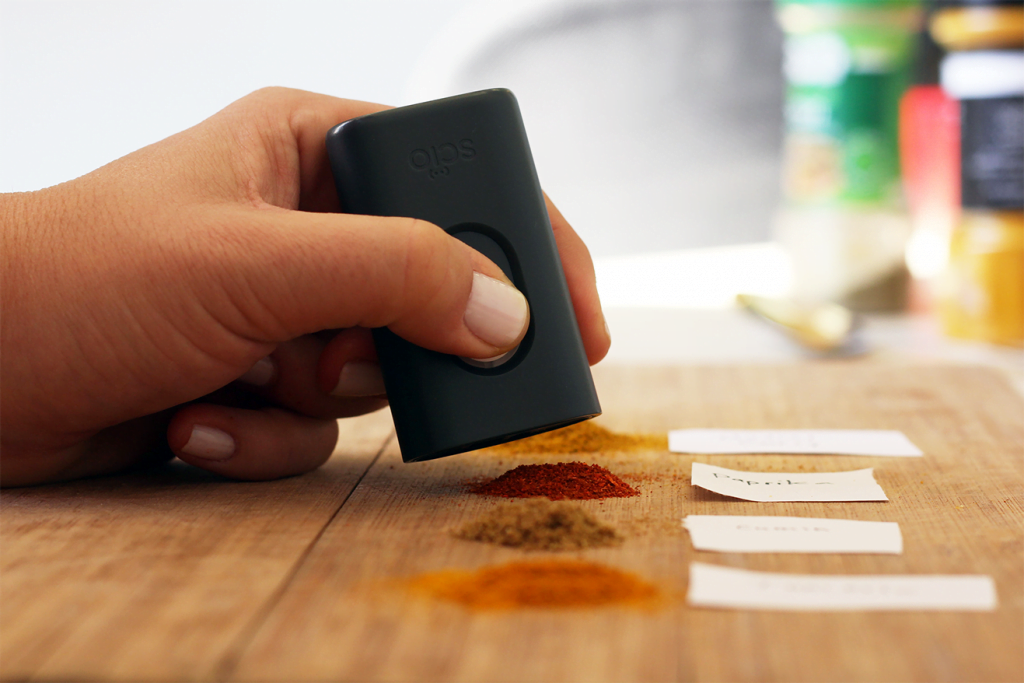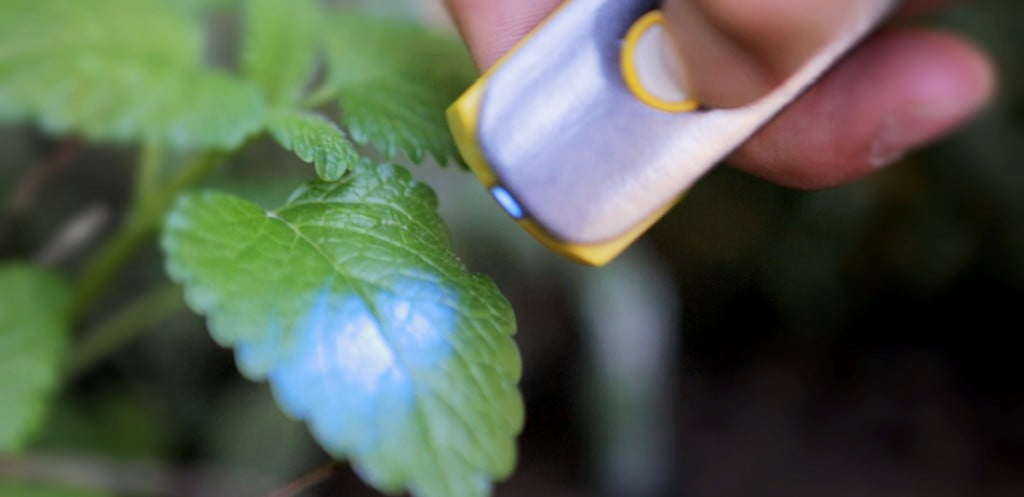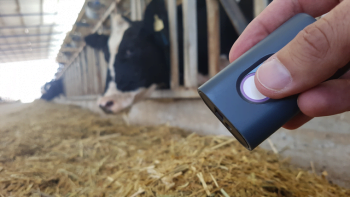Many may remember SCiO, the Kickstarter sensation that in 2014 announced the creation of a pocket-sized micro-spectrometer that could be pointed at any object – from fruit to body to medicine – and read its molecular composition and nutritional value. It seemed like a dream come true for health-conscious individuals, chefs, and fans of futuristic technology.
Surpassing its initial funding goal of $200,000 within less than 24 hours to raise a staggering $2.8 million from 13,000 supporters on Kickstarter, the project was poised for success. Since its founding in 2011, it raised a total of $23.9 million in funding from leading VCs and tech leaders, including OurCrowd, Khosla Ventures, Apex Capital Partners, and the USB flash-drive inventor Dov Moran.
But after the early wave of global enthusiasm, the company behind SCiO, Consumer Physics, soon found itself hit by waves of disappointment. After more than a two-year wait, just 5,000 backers had received their units and many were frustrated by its limited functionality. The company was back in the press, but this time for the wrong reasons. “SCiO, the pocket-sized molecular analyzer, is making everyone angry” read a TechCrunch headline in 2016.
Worse, the Kickstarter page was eventually forced to shut down due to an intellectual property dispute with SCIO Health Analytics over the name. Behind the delay were obstacles in the manufacturing process of the complex technology, SCiO founder Dror Sharon told TechCrunch at the time.
The company’s ambitious vision to become the Google of the physical world turned out to be not as simple as browsing the internet for search results.
With SCiO, every analysis requires reference data for the standard composition of the specific object scanned by its sensor. If the platform does not know you are scanning an apple, it will hardly be able to give you accurate results. “Initially, in the past, we created our own databases and contacted laboratories to analyze the material,” Sharon recalls in an interview with NoCamels. But with the unlimited number of objects and materials consumers would possibly like to scan, this eventually was a pitfall for user experience.
So, like many a tenacious entrepreneur who refuses to give up, Sharon shifted the company’s vision: in this case from the consumer to the business world. “Our target [clients] are now large Fortune 500 companies that are manufacturing physical goods. What these companies are looking for is a robust dataset and analyses that are based on the material that they manufacture and produce.”
So instead of having consumers test fruit, vegetables, and dairy in the supermarket, Consumer Physics now says it goes directly to the producer. Their first use case analyses animal nutrition to improve the feed of dairy cows. Recently, the company announced a partnership with Eurofins, a network of testing laboratories in the UK. While Consumer Physics has the platform to perform the analysis, Eurofins provides the complete chemical reference data of the agricultural products.
Sign up for our free weekly newsletter
SubscribeWith SCiO’s technology, Sharon says farmers and feed advisers can reliably test the livestock feed within a minute. He believes his tool can have a major impact on the food and agritech industry, and prove beneficial to consumers.
“It is important to help optimize farmers’ use of land, energy, and water for a sustainable global food supply,” Sharon says.
Previous plans to integrate the sensor into smartphones have been placed on hold as the company pursues other matters. Back in 2017, Consumer Physics revealed at CES that their sensor would be incorporated in the Changhong H2, a Chinese smartphone. “The phone was announced but we have yet to ship it to market,” Sharon says, explaining a hold-up with the phone manufacturer.
Despite these interruptions, he is still pushing the idea: “The phone is definitely the goal that we are pursuing.”
Regardless of the shift in vision, SCiO still primarily looks like a consumer product on its website, and indeed the consumer edition can still be purchased for $299. The basic message also hasn’t changed, with the first line on the website telling users they can “see the nutritional values of dairy, meat, fruit and vegetables. Track your body fat percentage. Select the sweetest, most nutrient-rich fruit. Identify over the counter pain killers. Find out cocoa concentration in chocolate and more.”
Consumer Physics has offices in Herzliya and San Francisco and employs over 40 people.
Related posts

Editors’ & Readers’ Choice: 10 Favorite NoCamels Articles

Forward Facing: What Does The Future Hold For Israeli High-Tech?

Impact Innovation: Israeli Startups That Could Shape Our Future







Facebook comments